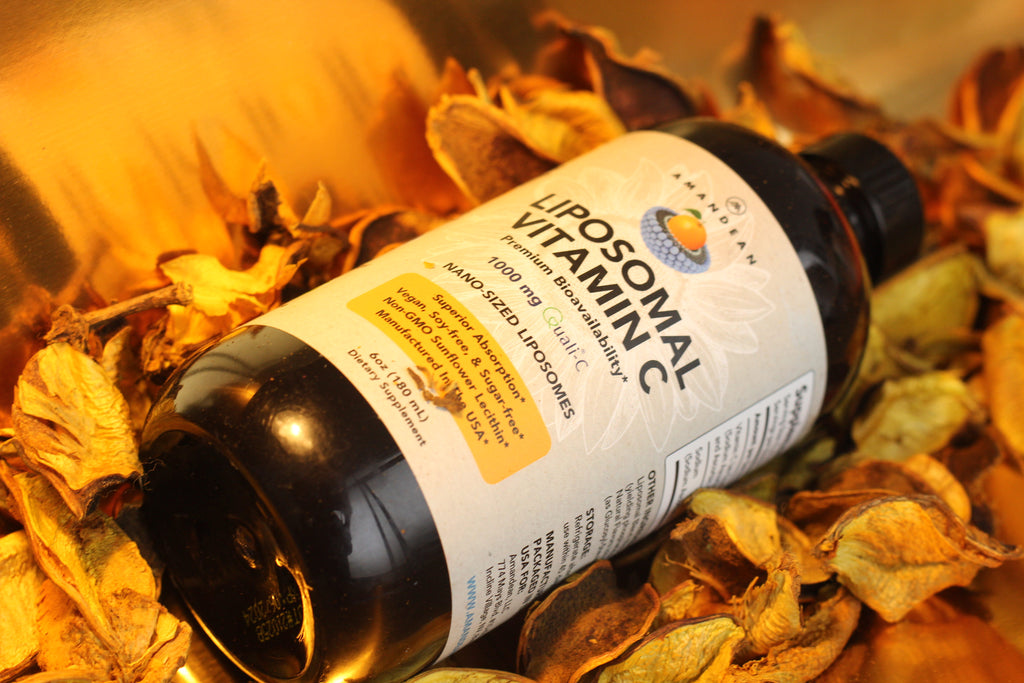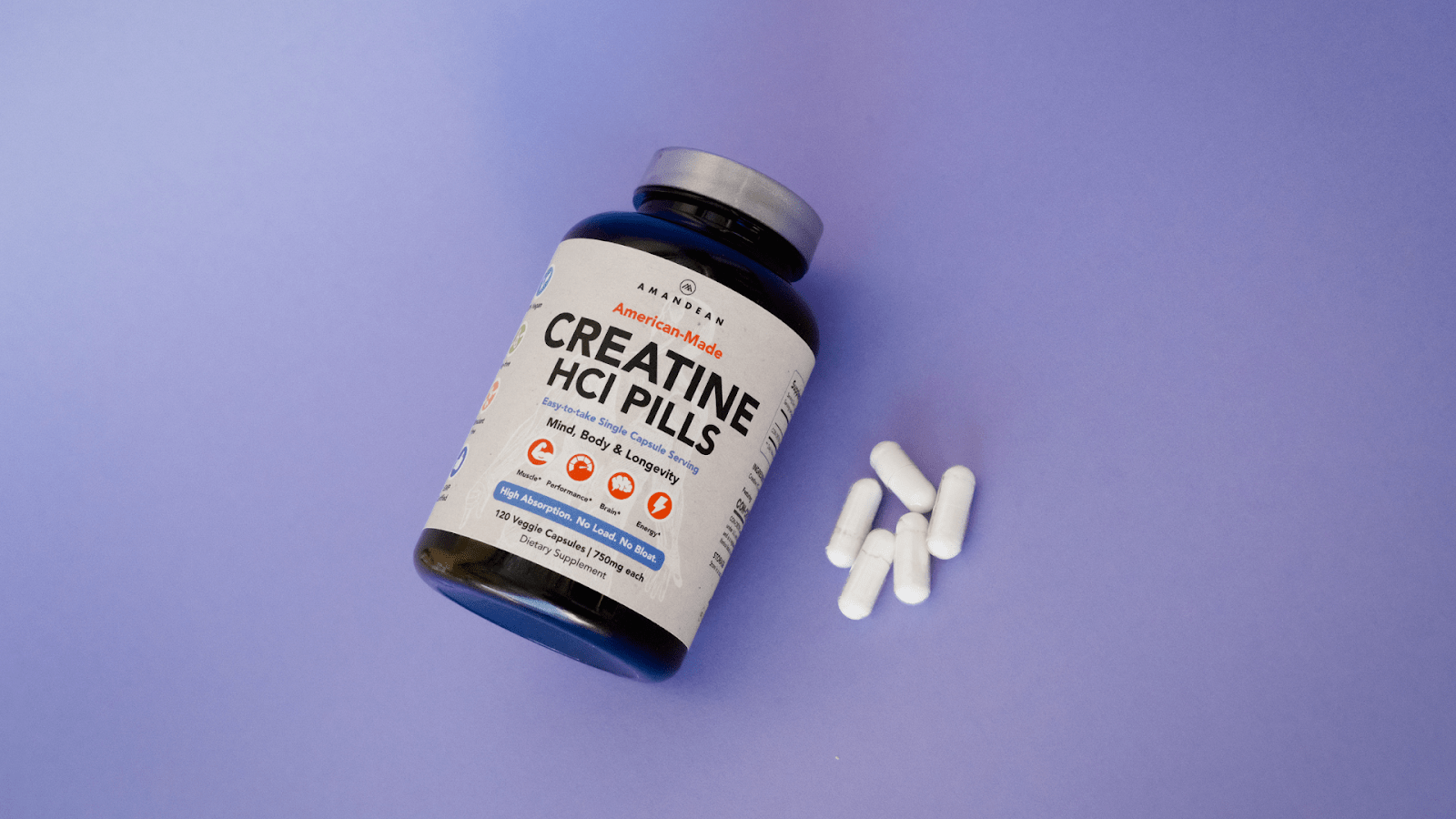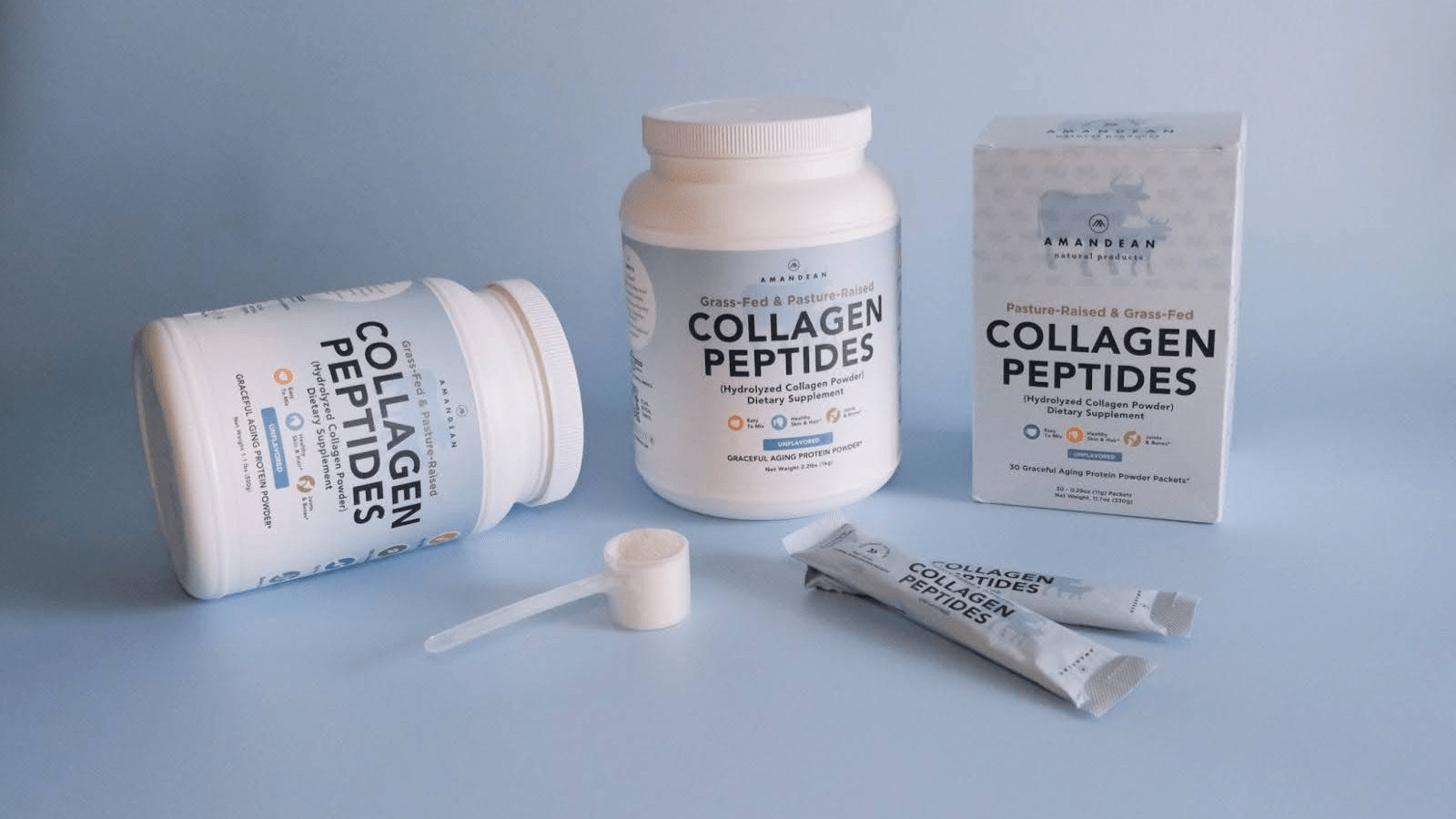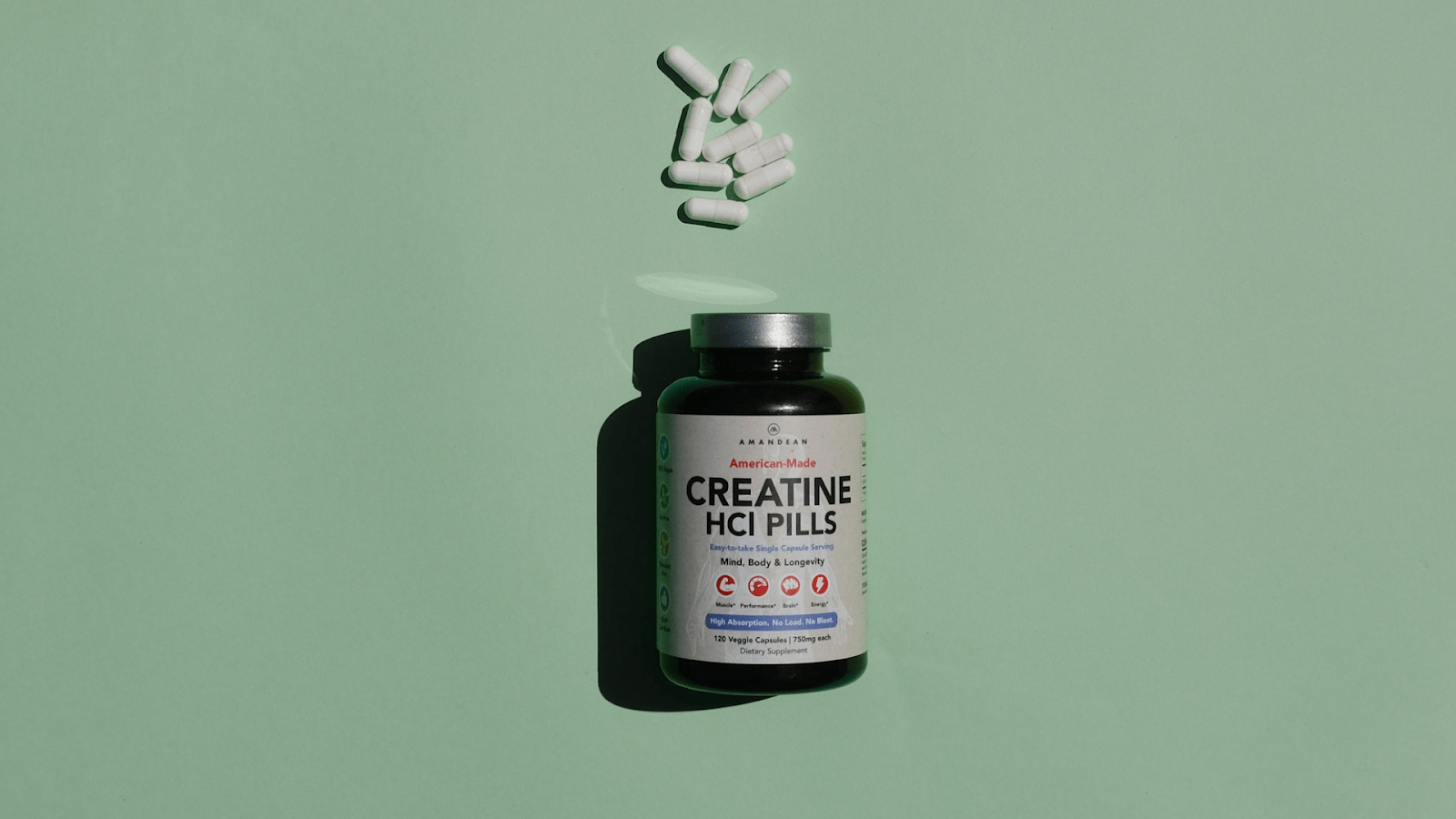Your Cart is Empty

March 30, 2023 5 min read
Skin pigmentation disorders are quite common, but identifying their cause is still not an easy task. Reasons for changes in skin quality can lie in the genetic code, hormonal imbalance, medication, wrong choice of skin care products, the natural aging process, as well as sun damage, which is usually the number one issue. Luckily, Liposomal Vitamin C is a natural solution that positively combats skin pigmentation problems, not only as a potential remedy but as a preventive measure, as well.

Skin discoloration is not an issue that develops overnight. In fact, even if you’ve taken good care of your skin by using natural products and applying sunscreen regularly, you may still experience a certain degree of skin pigmentation. The core of pigmentation issues is in the accumulated dark pigment melanin, which is responsible for the skin’s color. It’s actually the level of melanin that determines the color of your skin, as well as the eye’s iris and hair. The initial level of melanin in our skin depends mostly upon biological factors, such as gender and race. It is the exposure to various factors that negatively affect the quality of skin, in addition to hereditary conditions, that lead to pigmentation issues.
Melanin’s role in skin pigmentation is quite clear, but what is melanin exactly? Melanin is a complex polymer found in the amino acid tyrosine, the lack of which can result in albinism. It is the quantity and distribution of melanosomes containing melanin that determines the actual skin’s pigment. Melanin also has the ability to absorb the light, blocking damaging UV radiation and protecting your DNA.

Above: A rare skin pigmentation disorder called Virtiligo.
There are two main types of pigmentation disorders which have contrasting causes and symptoms. Hypopigmentation is a loss of pigment concentrated in either one specific area or all over the skin. Certain skin tones (such as African, Mediterranean, and Asian) are more prone to hyperpigmentation - an increase in pigment that can also be generalized or found in a particular part of the body. Hyperpigmentation is usually triggered and further stimulated by sun exposure (UV rays), but other skin conditions contribute to hyperpigmentation as well. The common characteristic of most hyperpigmentation conditions is an excessive amount of melanin, most often concentrated in areas such as the hands and face.
Melasma is one of the manifestations of hyperpigmentation, which appears in form of brown patches. It affects the skin on the face, mostly cheeks, nose, upper lip, and forehead, and it rarely affects men. Exposing skin to the sun can accentuate the darkness of these patches.
Birthmarks appear on the skin at birth, or shortly thereafter. Regardless of the type of birthmark (Macular stains, Port-wine stains, or any other form), it is important for a doctor to examine them. Freckles can also be present on the skin from the early age and are considered hereditary.
Sun or age spots (solar lentigines)resemble freckles but are bigger in size. These mostly appear on fair skin that has been exposed to the sun. These spots seem to be an almost inevitable skin condition for the elderly, hence the name “age spots”.
A decrease in the production of melanocytes (cells containing melanosomes - and melanin) leads to a form of hypopigmentation called vitiligo, which is very rare. The cause of vitiligo is yet to be deeply understood by medical professionals but it is mostly linked to autoimmune disorder.
By contrast, excessive production of melanin during pregnancy can lead to a condition known as chloasma, commonly referred to as “pregnancy mask”. Similar to other types of hyperpigmentation, exposing the affected area to the sun can make chloasma appear more prominent.
Among all types of pigmentation, genetic factors cannot be altered or avoided. However, there are ways to prevent and manage skin conditions from becoming more severe. The underlying causes of skin pigmentation disorders that aren’t hereditary are UV exposure, medication (such as contraceptive medication), acne, as well as vitamin deficiency - especially when it comes to vitamin C. In fact, vitamin C has a vital role when it comes to both preventing and treating pigmentation issues. Therefore, vitamin C is recommended daily in its most effective form offering the highest level of bioavailability. Amandean's Liposomal Vitamin C offers an ideal delivery mechanism to ensure maximum absorption and help to manage pigmentation issues.

Vitamin C is an irreplaceable nutrient required in natural collagen production. It is therefore crucial for the general health of skin, given that collagen is its main building block responsible for the elasticity and firmness of the skin.
One of the potential and most promising benefits of natural Liposomal Vitamin C supplement in cases of hyperpigmentation is its lightening effect on the skin. Daily doses of Liposomal Vitamin C will encourage the skin to produce less melanin, and with the decrease in melanin levels, hyperpigmentation is decreased, as well. The enzyme tyrosinase controls the production of melanin pigment, and because vitamin C inhibits it, less melanin is being developed in the skin.
In addition, free radicals can be responsible for dark areas of the skin (such as dark eye circles), as well as aging. When it comes to fighting free radicals, antioxidants have a major role to play, and vitamin C is known for its powerful antioxidant properties. Furthermore, vitamin C enhances the levels of vitamin E and glutathione in the body, which also belong to this group of antioxidants. Reduced Liposomal Glutathione supplement can also promotes the production of pheomelanin, as opposed to eumelanin - which is dark, once again helping to make the skin lighter. Lighter skin requires less melanin to protect it from harmful UV radiation.
When melanin production is decreased, this still doesn’t mean that the skin is protected. Premium Liposomal Vitamin C also contains protective agents, especially when it comes to UV radiation, as well as photochemical reactions resulting in pigmentation. Studies also name vitamin C as one of the best natural cures for DNA damage of the skin cells.
There are numerous sources and forms of vitamin C, from tablets, to capsules, and even IV treatments, but it is liposomal technology in particular that grants the highest level of bioavailability in the body, and the highest concentration of the vitamin that is absorbed into the cells that need it most.
In Summary, there is a prominant focus in the beauty industry of treating dark circles and pigmentation issues topically with medicated creams, masks, and serums. While these products can be an effective part of the treatment process, preventative and lasting results also come from the all-natural foods and supplements we incorporate into our diets over time. To discover more about Liposomal Vitamin C, visit our online store.
Take our quiz and find which supplements your body is craving.


October 17, 2025 8 min read
Find out why creatine is better for vegans! Boost your wellness game and unlock peak performance with Amandean's premium supplements today.

October 16, 2025 7 min read
Learn whether collagen in coffee is just another wellness fad. Examine the facts, benefits, and how to use collagen in coffee for beauty and joint support.

September 22, 2025 9 min read
Unlock the full benefits of creatine for women. Boost energy, beauty, and brainpower with Amandean’s clean formulas.